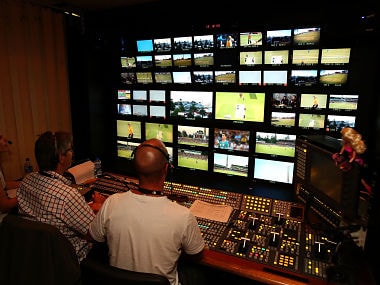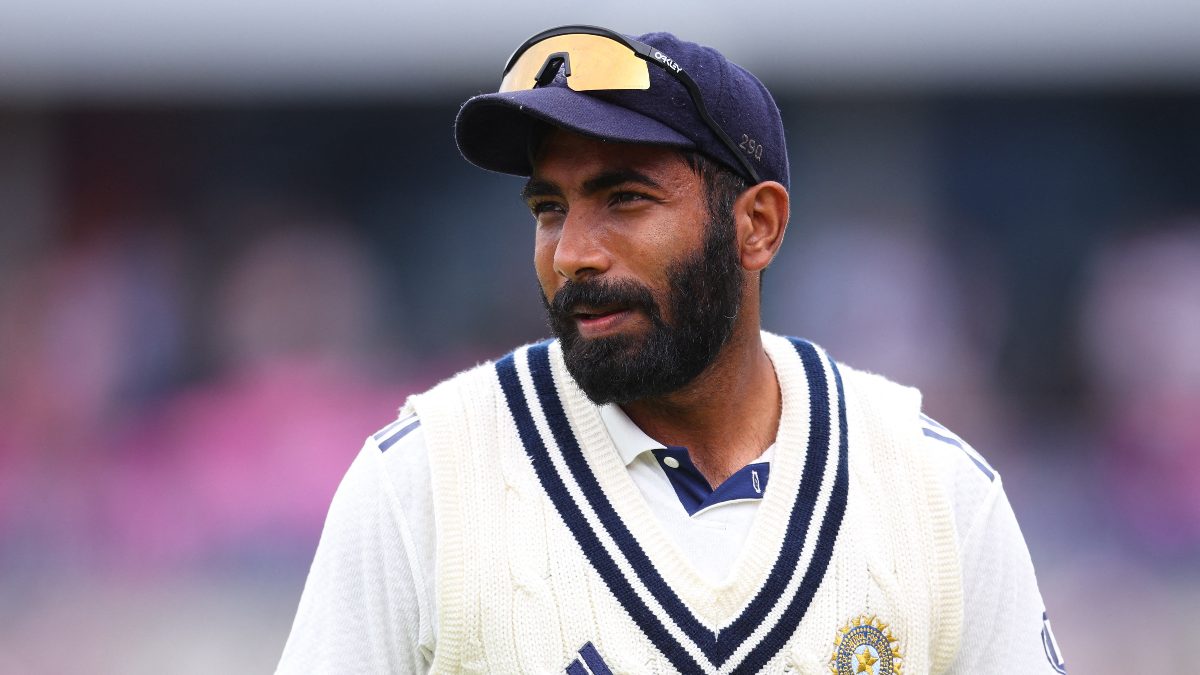It took Kerry Packer to transform the television experience for cricket fans when he launched the World Series Cricket. Packer’s battle with Cricket Australia over TV rights to cricket led to his forming the rebel tournament. An enraged Cricket Australia prevented access to all the large cricketing venues in Australia, forcing Packer’s Circus, as it was called, to be played in small towns. These small towns had working populations, unable to attend cricket matches in the daytime, forcing Packer to invent night cricket, which he marketed with the brilliantly ribald line Big Boys Play at Night. [caption id=“attachment_1469043” align=“alignleft” width=“380”]  File image of a broadcast room. Getty Images[/caption] However, for Packer, the owner of Channel 9, it was the TV audience that mattered, it was the TV audiences that would bring in the buck. Packer took a deep breath and looked at everything about the current TV broadcast that he was unhappy with and proceeded to address these concerns one by one. So we saw the advent of coloured clothing, of merchandise sales, of the white ball, the stump camera, and so on. But the most significant improvement was the addition of cameras. Pre-Packer, you had a single camera parallel to the pitch and two cameras square. Because of the single camera, viewers saw, one over, the bowler racing in to deliver the ball – and we saw the batsman’s bum. In the following over, we saw the bowler’s bum – and the batsman facing us. Packer, fed up with seeing the bums of batsmen, introduced new cameras, so we would always see the deliveries from the umpire’s point of view. Packer’s changes caused the coverage of cricket to change forever – for the better – and coverage kept improving. While the improvements involved considerable investments, they audiences loved the new experience and lapped it all up. Packer’s decisions were spurred not by a love for cricket, but by commerce. Today, commerce is destroying the cricket experience – and that’s sad. Last night’s live telecast of the World T20 championship is a case in point. The online editors were brilliant, cutting from live action immediately as the ball turned dead. We, the viewers, lost the thought-provoking moments as a new batsman walked up to the crease or a dismissed batsman trudged back to the pavilion. We saw no expressions of celebration on the faces of bowlers and fielders as a player was dismissed. We saw none of the team spirit as players huddled after a significant moment in the match. We saw little of the spectators celebrating or worried by a development. We saw no animated discussions between bowlers, captains, fielders. We saw no field placements, getting no real sense of how brilliant or how poor a stroke was, as we lost all references. Yesterday, we saw the beginning of the end of the soul of cricket for the enthusiast. We’re sure, sadly, that it was good for commerce.
Poor broadcast editing in the World T20 final saw the beginning of the end of the soul of cricket for the enthusiast. It was just good for commerce.
Anant Rangaswami was, until recently, the editor of Campaign India magazine, of which Anant was also the founding editor. Campaign India is now arguably India's most respected publication in the advertising and media space. Anant has over 20 years experience in media and advertising. He began in Madras, for STAR TV, moving on as Regional Manager, South for Sony’s SET and finally as Chief Manager at BCCL’s Times Television and Times FM. He then moved to advertising, rising to the post of Associate Vice President at TBWA India. Anant then made the leap into journalism, taking over as editor of what is now Campaign India's competitive publication, Impact. Anant teaches regularly and is a prolific blogger and author of Watching from the sidelines. see more


)

)
)
)
)
)
)
)
)



